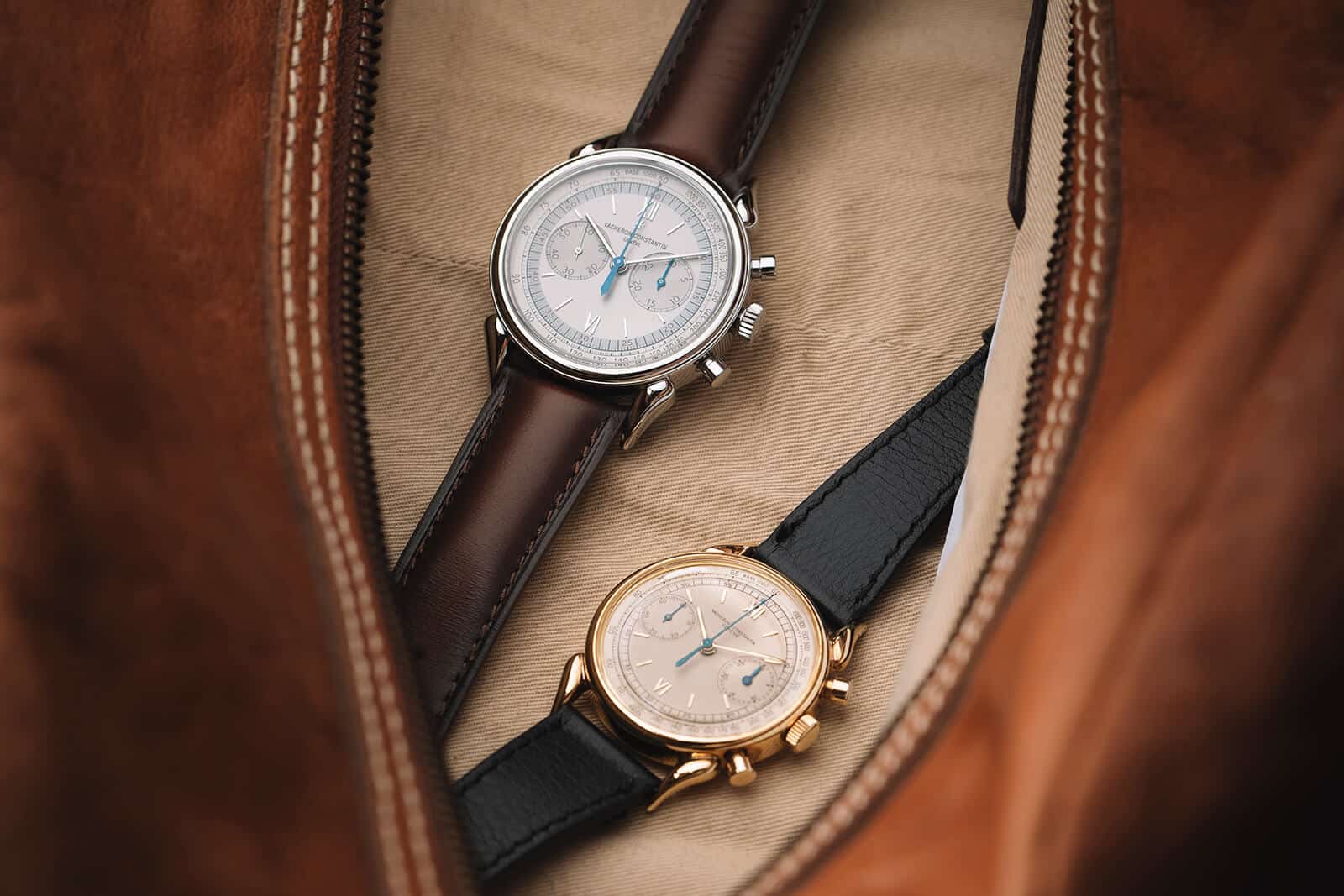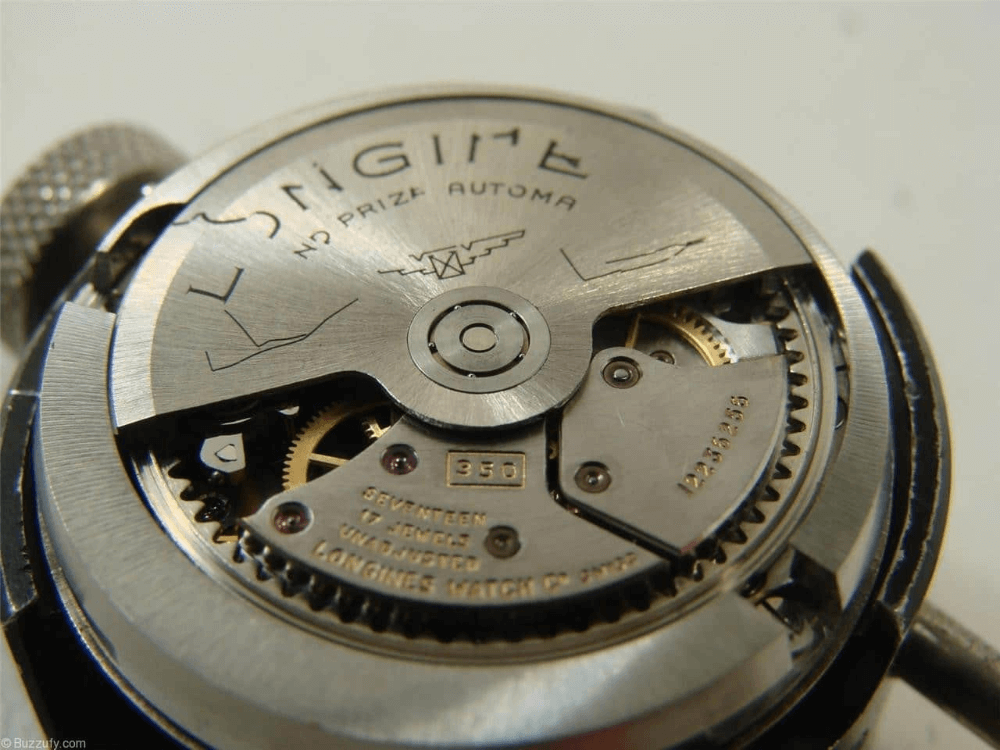Of all the materials used to make watches, steel is unique in its ability repeatedly transcend its lowly status.Watches made from gold, platinum, ceramic, carbon composites and titanium fetch higher prices new, yet new steel watches from high-end brands remain impossible to get, while vintage steel watches continue to top auction house records.It’s downright counterintuitive. Understanding why vintage steel watches have become so valuable is a bit easier than grasping why new ones command prices well above list on the secondary market, but, as we will see, the two phenomena are intertwined.
Stainless steel didn’t become a commercially viable material until early in the 20th century. Europeans led the way, eventually developing corrosion-proof steel alloys. How ever, few watch manufacturers had the tools to effectively machine this incredibly hard material, and finishing steel was still a nascent artform. Even into the early 1960s, less expensive watches were typically made from bass and then plated in chrome. Steel watches remained the thing of military contracts and highly specific tool watches, like divers, pilots’ chronographs and GMTs, as well as waterproof expedition-ready timepieces. Furthermore, most of the steel watches made before the 1970s were not fashionable. The mid-20th century was a time for 32-34-mm men’s watches with art deco and Bauhaus aesthetics. Steel tool watches at that time were considered too big, inelegant, and thus inappropriate outside the rigorous scenarios for which they were created. Steel watches were tools, nothing more. Many watch houses made thousands of steel military watches during World War II, but these mil-spec units were often repossessed and scrapped when a soldier was decommissioned.
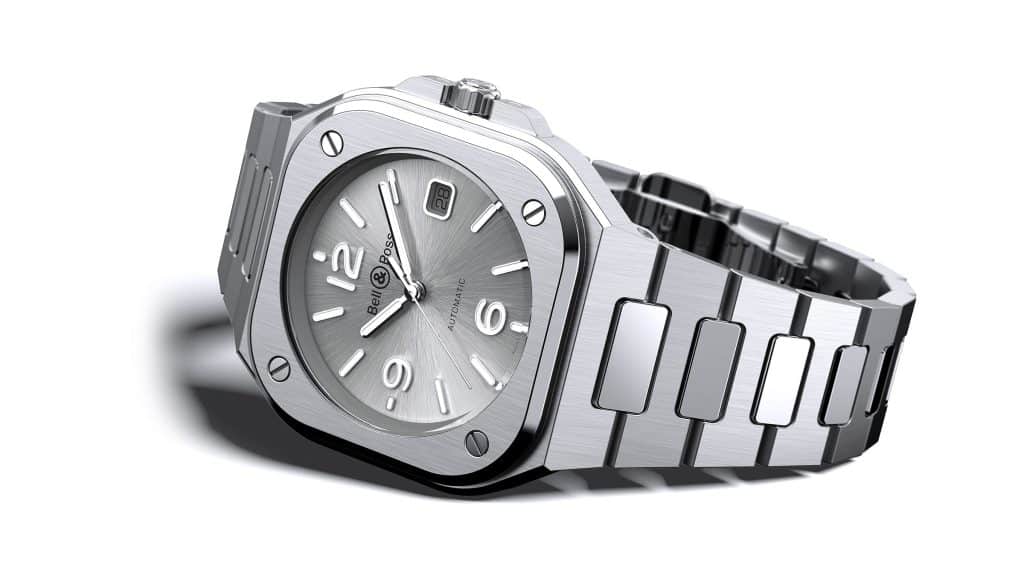
Steel military watches of the 20th century remain a strong segment for a niche of collectors, but rarely do they make headlines with high prices; their appeal is largely historical, not horological. The vintage steel watches that do get the big collectors raising the bids are non-military issue models, largely because they are very rare. A steel Patek Phillipe 1518 from 1944 sold in 2016 for $10.7 million, becoming the world’s most expensive wristwatch by a long shot. That record was supplanted two years later when Paul Newman’s stainless-steel Rolex Daytona sold for 17.2 million. The so-called precious metals could hardly keep up with steel.
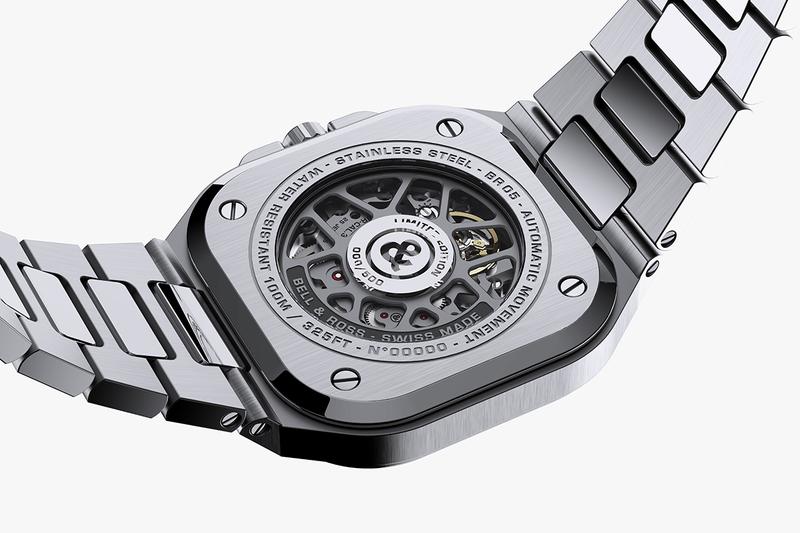
That Patek 1518 is the epitome of ultra-rare steel watches produced before the 1950s, while Newman’s Daytona represents an entirely different category that tells us a lot about today’s obsession with steel sport watches. In the decade following WWII, the once strong echoes of Victorian manners, fashions and aesthetics were fading fast in Europe and America in fovor of a more casual mid-century elegance. Barbecues were supplanting dinner parties, and suits were slowly giving way to polo shirts and khaki pants. By the 1960s, jeans and work jackets were common among men embracing a more rugged masculinity, best represented by rising stars like Paul Newman, Marlon Brando, Steve McQueen and Robert Redford. Omega Seamasters going to the moon in the 1960s made the steel tool watch an ultimate expression of manhood.
Meanwhile, tools to machine and polish stainless steel emerged across industries, and watch manufacturers were quick to adopt them. Rolex began to produce steel Datejusts in larger numbers starting in the late 1960s (which is why they’re still relatively affordable), but another more significant category of steel watch emerged in the 1970s, perfectly in line with the disco era’s sensibilities: the luxury sports watch. Audemars Piguet’s all-steel Royal Oak of 1972 is undeniably the watch that created the luxury sports watch category, and this Gerald Genta-designed masterstroke shook the watch world awake. IWC released Genta’s steel Ingenieur in 1975, Patek released Genta’s steel Nautilus in 1976, and Chopard released the steel. St.Moritz in 1980. In Japan, Seiko was taking steel to new heights through distortion-free polishing on angular cases that adhered to Taro Tanaka’s “Grammar of Design,” a set of mandates that radically modernized Seiko’s aesthetic.
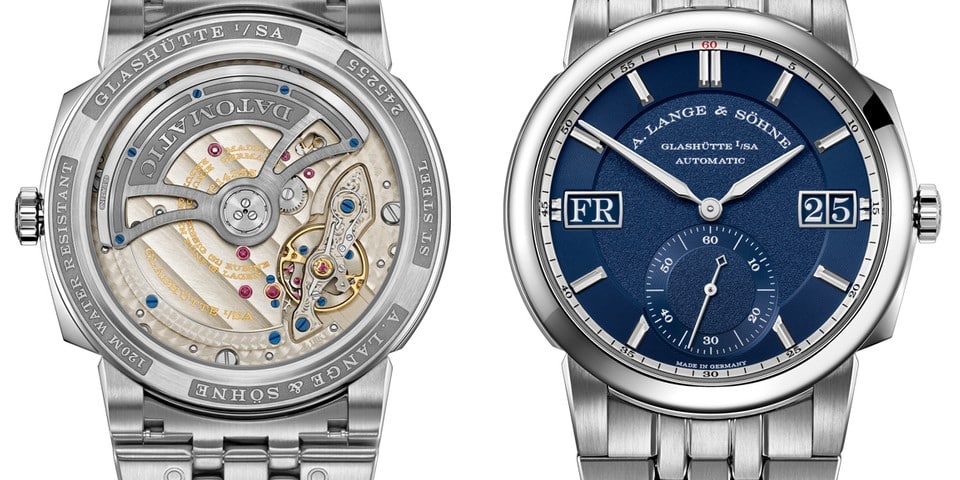
The steel luxury sports watches of the 1970s paved the way for men to wear less-luxurious steel tool watches in formal situations. This transition took hold in the 1980s as preppy folks started sporting Rolex GMTs, Submariners and Daytonas, TAG Heuer dive watches, and even steel Hamilton field watches at the tennis, yacht, hunting or golf club, but it wasn’t until the 1990s that unabashedly utilitarian steel sport watches began ti regularly show up in boardrooms and fine dining establishments in large numbers-and in large sizes. Sly Stallone’s adopting 47-mm Panerai steel watches was a milestone in this trend, and across the board watches began to grow larger and larger. Both the luxury steel sports watch and the steel tool watch became established staples of men’s wrist wear during the 1990s, and they’ve only grown more popular since.
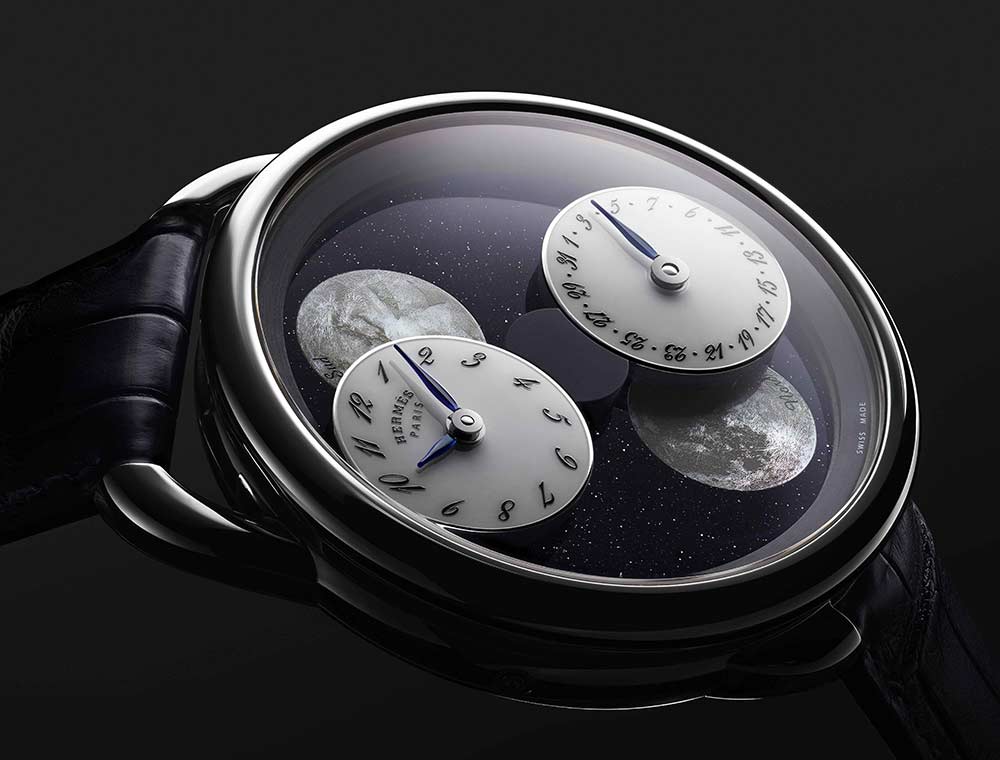
Steel Today – Paul Newman’s Daytona was not an exceptionally rare watch, but because the man himself was such an idol of mid-century masculinity – and because a similar masculine expression is in vogue today- the watch rode the zeitgeist all the way to its $17.2-million selling price. In just a few years since that auction, steel Rolexes are in such high demand that it’s nearly impossible to find one in a boutique, and wait lists are years long for even the most basic steel GMT-Masters, Submariners and Daytonas. Try getting a steel Patek Nautilus at retail and you’ll wait years. The high demand for luxury steel sport watches has inspired quite a few brands to step in and provide alternatives. Once again, steel is causing a significant shift in horological norms.
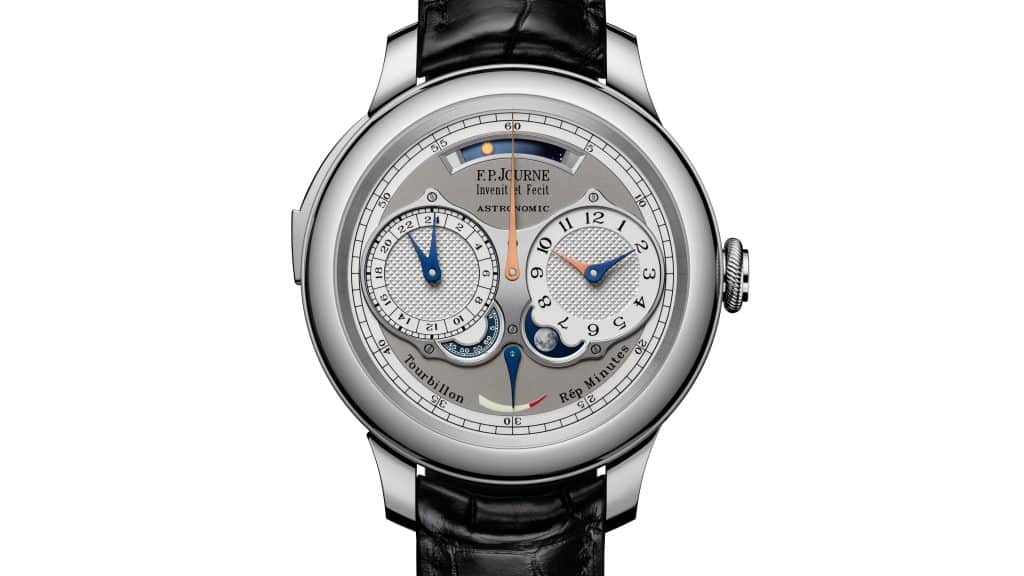
Perusing the latest steel offering from some of the most highly regarded watch houses today makes it quite clear that steel is still on the ascent, and it’s arguable that the latest steel watches have elevated this brightly shining alloy to the status of a precious metal. While Audemars Piguet, Patek Philippe and Rolex continue to riff on their decades-old steel classics, the innovations in steel watches lay elsewhere. Note that Audemars Piguet is offering ceramic Royal Oaks and its new Code 11.59 watches. Patek’s latest steel watch is its 5212 Weekly Calendar, an uncharacteristically casual watch that ships on leather and whose unique complication overshadows the significance of steel case. Rolex continues to make too few of its steel professional models to meet demand.
Indeed, the real news in steel developments lies with the brands who are more recently offering all-steel luxury models, and it should be mentioned that the inclusion of an integrated steel bracelet is a prerequisite for this category. Case in point: Bell & Ross’s newly released BR-05 (covered in detail in the recent WatchTime Special Design Issue) is a ground-up design with an integrated steel bracelet. For Bell & Ross to have entered this category indicates as well as any recent offering the rising demand for elegant steel watches with an integrated steel bracelet. Another recent release that rumbled the horological foundation is A. Lange & Sohne’s all-steel Odysseus, the first steel watch from the German brand. Featuring signature Lange touches like the large date and weekday display and a prominent logo below 12 o’clock, the Odysseus remains faithful to the brand’s core aesthetics while advancing its catalog in a wholly new direction. For Lange to offer steel watches elevates the entire category. Chopard had the same inclination in releasing the Alpine Eagle, an all-steel model with an in-house movement that comes in 10 different references at either 36 mm or 41 mm. Chopard offered the aforementioned St.Moritz (named after the Swiss ski resort), back in the 1980s, and while cues from that long-discontinued model are present, the Alpine Eagle is stylistically up to the minute. It also has one of the most elegant integrated steel bracelets on the market today. Interestingly, Chopard is using a hardened alloy it calls Lucent Steel A223, which approaches white gold in its clarity and brightness. Vacheron Constantin famously used steel for complicated watches going back to the 1940s, most notably on the Reference 4240 triple calendar. It revived the look and function of this watch into a modern offering in 2017 with the Historiques Triple Calendar 1942, which handily won the 2018 Grand Prix d’Horlogerie de Geneve (GPHG) “Revival” prize. Rendered in all polished steel and coming in at a generous 40 mm for a fancy-lugged watch the 1942 Historiques has been quite a hit with watch collectors and shows no signs of slowing down. That success saw Vacheron quickly release the all-steel Cornes de Vache in the Historiques lineup as well.
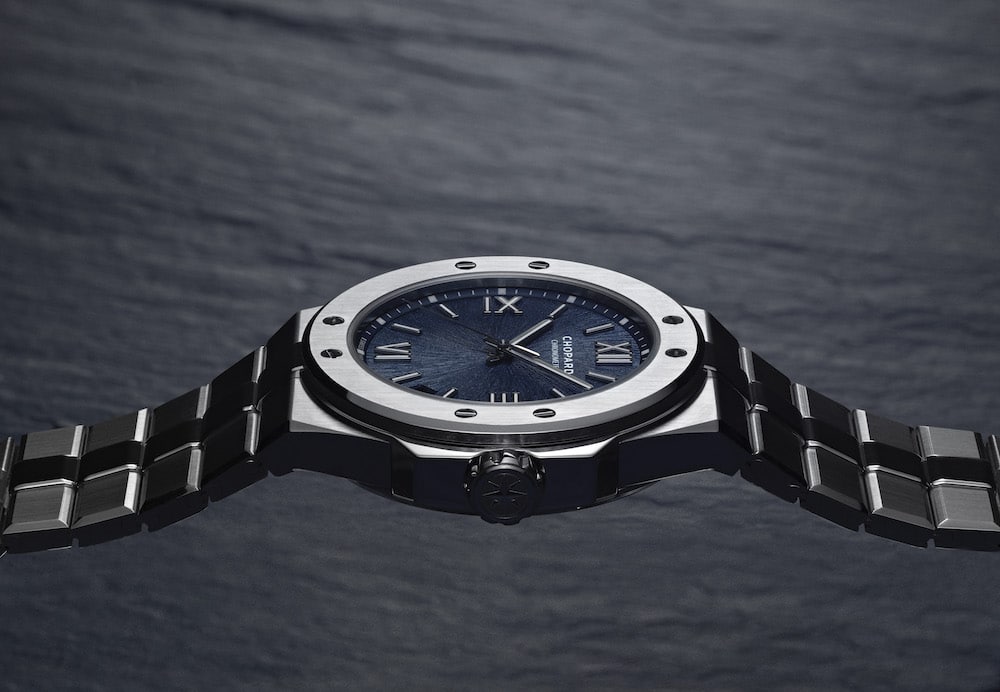
Even more shocking to the watch world, however, was Vacheron’s entry into the relatively affordable luxury sport watch market in 2016 with the launch of the Overseas series watches. With a slew of references ranging from 37 mm up to 43.5 mm and employing a bevvy of materials, it is the 41-mm steel models on the bracelet that represent Vacheron’s bid for the sub -$20,000 category and that challenge the traditional aesthetics of the brand with sleek cases, sporty bracelets and utilitarian-looking bezels. Anyone doubting whether steel has entered the realm of haute horology only need consider the Overseas Tourbillion, a 42.5-mm all-steel affair that’s challenging common notions of luxury by offering a highly complicated movement in a watch one could wear everyday, including casual weekends.
Grand Seiko remains one of the top producers of elegant steel watches, and since it splintered off from Seiko to become an independent company in 2016 (and subsequently formed its own division in the U.S.), Americans have had an increasingly diverse selection of steel offerings from the high-end Japanese brand. Employing innovative in-house movements like the Spring Drive, Hi-Beat and 9F Quartz inside gleaming cases rendered in low-distortion Zaratsu polished steel, the price of a steel Grand Seiko is typically well below $10,000. Grand Seiko’s steel models have caught the eyes of serious collectors who recognize exceptional watchmaking when they see it, and the steady stream of limited editions tend to sell out in a flash.
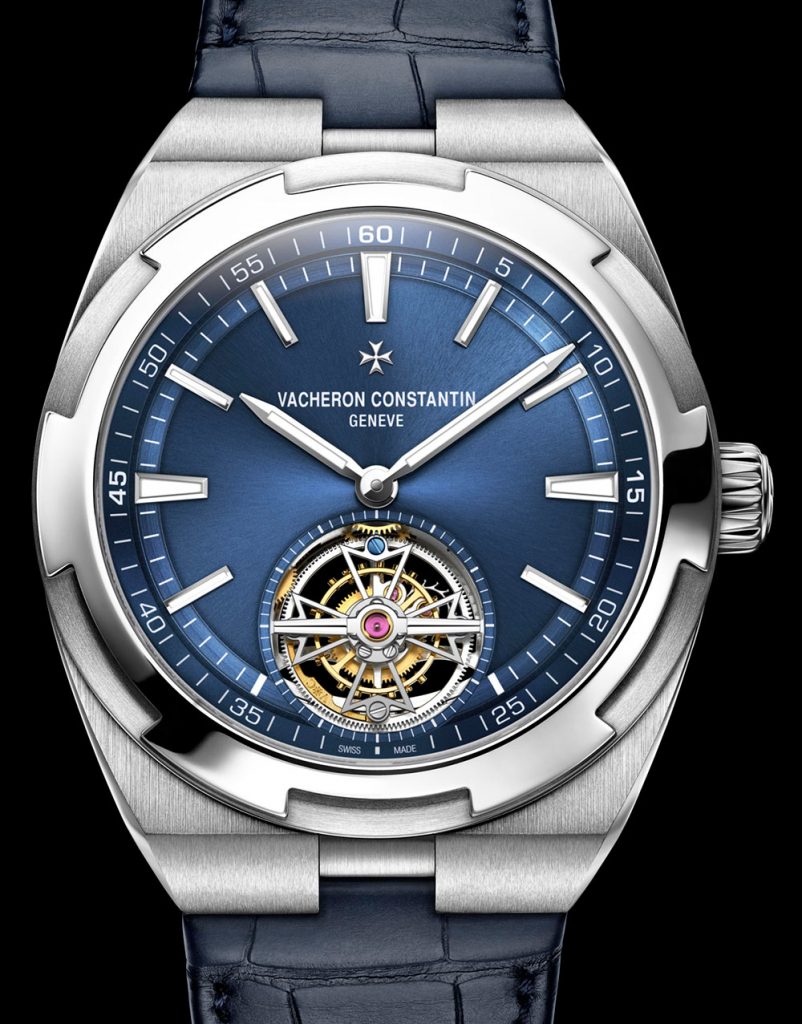
Haute horology has traditionally traded in precious metals, but today’s bespoke watch houses are using steel in surprising contexts. Consider Romain Gauthier’s Prestige HMS, a handmade watch with a meteorite dial in steel that sells for CHF 68,000; the ultra-elegant Hermes Arceau l’Heure de la Lune with its revolving subdials housed in a steel case at $25,500; F.P. Journe’s Astronomic Souveraine with 18 complications all housed in a stainless-steel case at CHF 899,000; or the new Moser Streamliner Flyback Chronograph Automatic in steel for $39,900. Each of these watches demonstrates the ascent of steel into a category where platinum and gold once reigned supreme and at the exclusion of stainless steel.
Steel’s Bright Future- With vintage steel watches only growing in value and new high-end steel watches only growing in popularity, it may be fair to assure that the scarcity of the former has inspired the popularity of the latter. On the other hand, we are also seeing a new breed of high-end steel watches emerge as trends in men’s fashions shift once again, this time toward a more refined, tailored appearance that is working its way well beyond cosmopolitan centers into the emergent global style. Along with steel’s rise, we’ve also seen a recent resurgence of two-tone watches, and we’ve seen gold shedding its once-haughty associations among hip younger watch fans who are embracing luxury watches. In some ways, the most cutting-edge materials like carbon, ceramic and titanium are taking second seat to the traditional metals, platinum, gold and steel. Steel seems to finally have matured into a precious horological material. It has achieved historical significance, broken auction-block records, become the most in-demand and hard-to-get, across brands. For all that, steel is starting to glimmer like a precious metal.
